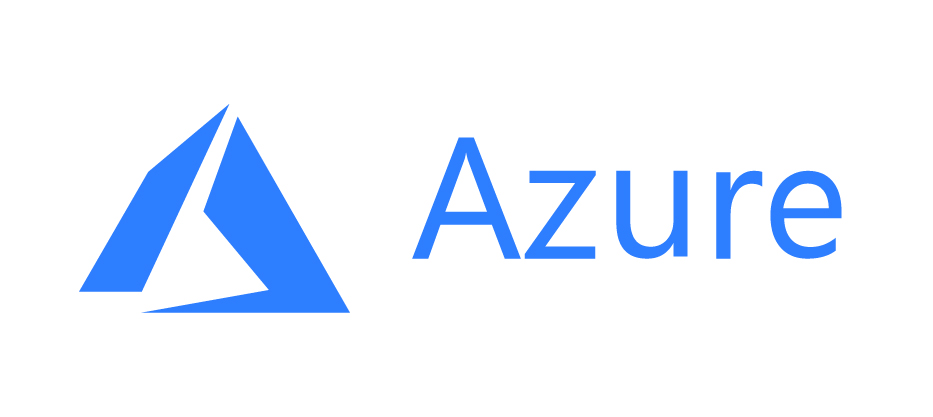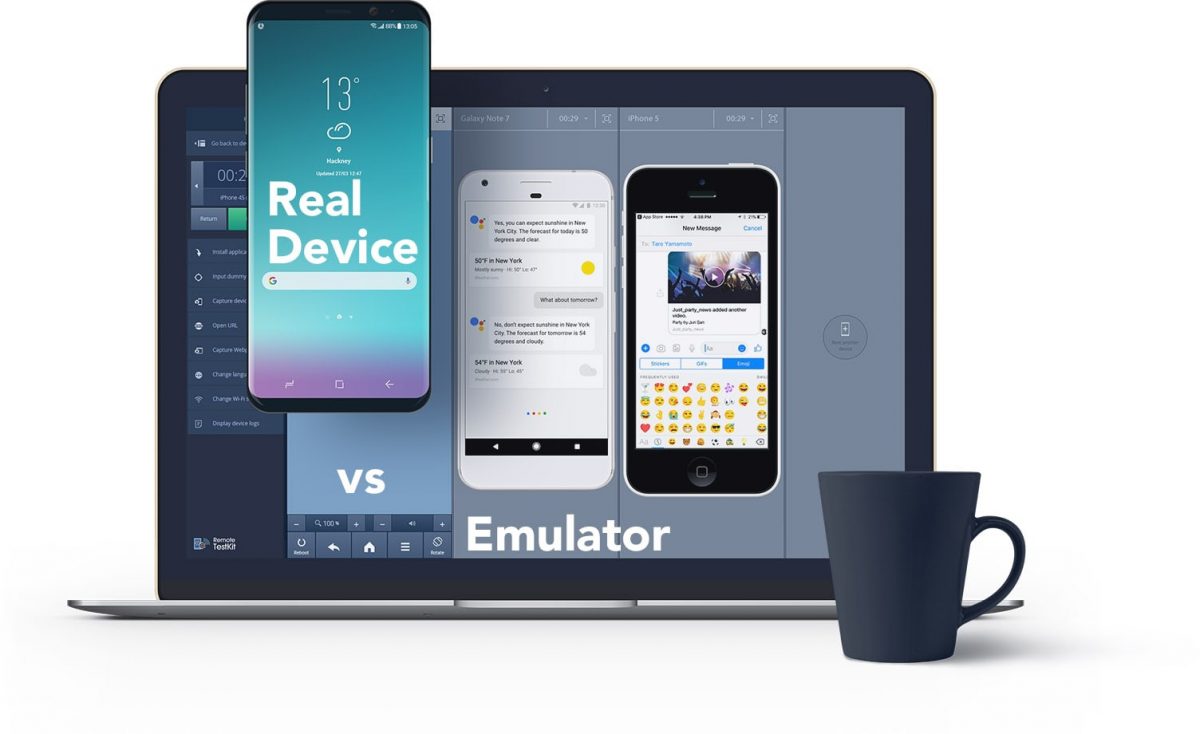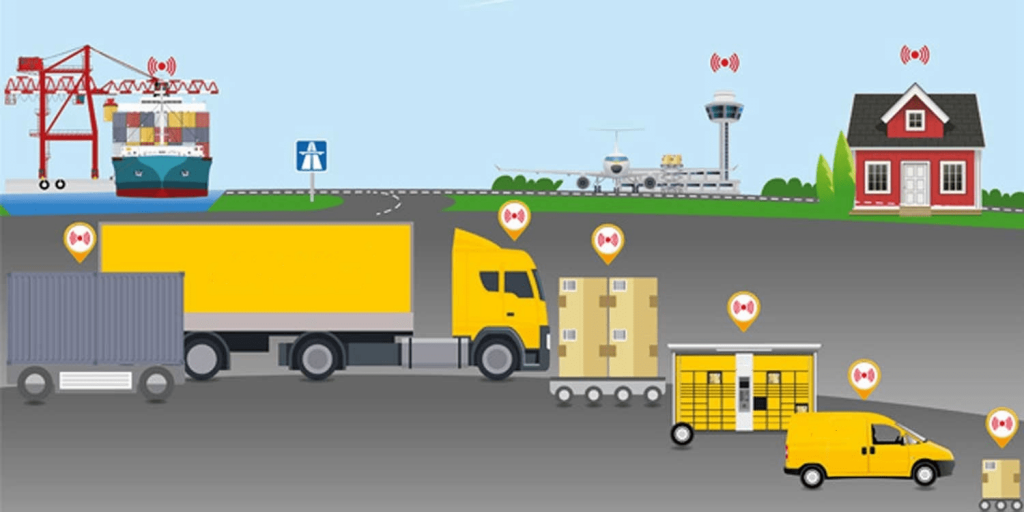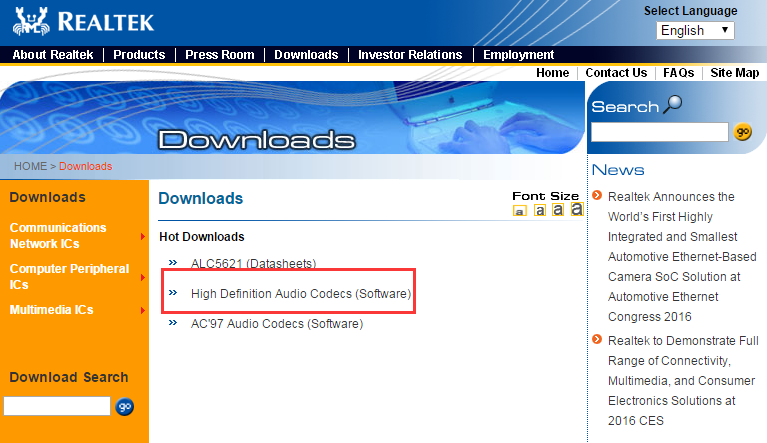
A Detailed Analysis of Social Media Management Organization
Online life began as a fun method to interface with family and companions and has now become into a moderate, fundamental showcasing methodology for organizations and all things considered. Sadly, numerous organizations are overpowered by each of the assignments that go into dealing with various messages crosswise over numerous online networking accounts. And, they are contracting specialists to deal with it for them. On the off chance that you appreciate tweeting, sticking and sharing, at that point beginning social media handling organization may be for you. Here are some of the steps to begin.
The role of a social media consultant
After you have taken the responsibility of handling the social media channels, you have to get into the shoes of a social media consultant. To understand your roles and functions, you have to know the job of a social media manager. The SM manager has to execute numerous services catering to the needs of the clients. The services that come under their supervision are as follows:
- To create showcasing systems dependent on customer objectives.
- Web-based life account set up.
- Post designs and content in the interest of the customer.
- Remain current and offer on patterns and news applicable to the customer’s the same old thing.
- Gaining more followers.
- Network assistance to the customer’s objective market.
- Client administration for the customers.
- Creating a report to keep a track on the procedure.
You might think that it is too much work. Hence, before you end up changing your decision, take a look in the next section of this article.

A deeper analysis
Every coin has two faces. Similarly, every enterprise has both some cons as well as pros. Hence, it is essential to know all the pints. The following section will highlight the brighter and well as cloudy aspects.
Pros
Here are numerous valid justifications to consider beginning the management task.
- Getting paid to utilize online networking, if that is something you as of now appreciate doing.
- It doesn’t take many ventures or gear to begin particularly in the event that you as of now have a PC and Internet administration.
- You get to observe your business proceeding from any place of your choice. The only criterion is to have access to an internet connection.
- You can concentrate on the one or couple of online life locales you know best, rather than knowing each and every web-based life stage.
- The requirement for online networking directors keeps on developing as increasingly solo-preneurs, consultants and independent companies redistribute this undertaking.
Points to Consider
Obviously, there are a couple of points that you need to consider before beginning a web-based life the executive’s business.
- Internet-based life is a test for one individual dealing with their profile; it’s much increasingly hard to deal with a few organizations’ profiles.
- Not all organizations comprehend the intensity of internet-based life, so you may need to offer them on the advantages you can give.
- You speak to the organization, not yourself when you’re doing web-based life for other people. This implies you have to follow up for its benefit dependent on its tone and disposition.
- You have to remain alert of the changes in approaches, calculations, and different parts of every internet-based life stage with the goal that your endeavors in the interest of the customer keep on conveying results.
- Alongside a comprehension of how to draw in your customers’ intended interest group, you likewise should probably make designs to pull in them to the post in any case.
- You will probably need to put resources into devices, for example, booking administrations and eminence free designs, and illustrations altering programming.
Qualities of a social media consultant
Even though courses in online life the executives are springing up, turning into an internet-based life director requires experience more than instruction. So, there are things online networking administrators need to know past how to take a decent selfie.
1. Comprehend web-based social networking as a showcasing instrument
It is one thing to get a group of supporters to a feline traps YouTube feed, and it’s another to manufacture a following for a business. Online life promoting is not quite the same as conventional showcasing, which is the reason numerous organizations battle with it. Online life is tied in with having a fascinating, enlightening, or potentially engaging discussion with the market.
2. Information about the subtleties of the different stages
There is nobody estimate fits-all with regards to posting via web-based networking media. Every stage has its principles and techniques for best-promoting practices. How a business advances on Instagram ought to be not the same as how it showcases on LinkedIn, because every stage is boundlessly extraordinary.
3. The capacity to create techniques that meet the customer’s objectives

Powerful online life showcasing requires defining objectives and afterward building up an arrangement. Online networking chiefs likewise need to enable customers to comprehend internet-based life and how it functions, and work with them to create objectives that best fit web-based life. For instance, look into recommends that a couple of offers are made through online life. In any case, online networking is compelling at structure dependability and trust, so commitment and the rundown building would be preferable objectives over deals.
4. Have the capacity to catch the customer’s voice
If the customer is fun and idiosyncratic, internet-based life posts ought to mirror that. It is important to understand not just the needs of the customers, but also the preferences. Remember your social media accounts reflect a part of your personality and taste. People or followers tend to associate you with a specific attribute. And, they start expecting posts and content of that same altitude.
5. Capacity to deal with a few web-based social networking stages for some customers
There are a large group of instruments, for example, Hootsuite to help oversee stages, yet association and an arrangement are pivotal to guaranteeing each customer gets their online life needs to be met.
Hopefully, this article gives you a brief idea of the responsibilities of a Social media consultant. All the best for this new venture!























 #1 Provides real-time road climate data to fleet managers A large number of injuries to fleet drivers take place because of hazardous road climatic conditions that arise time and again. At some cases, the worst road climatic condition also leads to the death of fleet drivers. Irrespective of the fact that fleet managers evaluate climatic predictions to regulate when and how extreme climate will have an effect on operations of the fleet, but wrong climatic forecasts and wrong road climate data are highly injurious to operations. Here, the Internet of things technology comes into the picture. Sensors embedded devices are attached to the axle of the truck or fleet. Real-time road climate data is given to fleet managers with the help of these sensors. In case of bad climatic conditions of the road, fleet managers can immediately contact the drivers to go at slow speed or divert trucks to another route that does not have the worst climate conditions. #2 Helps to know traffic conditions on the road
#1 Provides real-time road climate data to fleet managers A large number of injuries to fleet drivers take place because of hazardous road climatic conditions that arise time and again. At some cases, the worst road climatic condition also leads to the death of fleet drivers. Irrespective of the fact that fleet managers evaluate climatic predictions to regulate when and how extreme climate will have an effect on operations of the fleet, but wrong climatic forecasts and wrong road climate data are highly injurious to operations. Here, the Internet of things technology comes into the picture. Sensors embedded devices are attached to the axle of the truck or fleet. Real-time road climate data is given to fleet managers with the help of these sensors. In case of bad climatic conditions of the road, fleet managers can immediately contact the drivers to go at slow speed or divert trucks to another route that does not have the worst climate conditions. #2 Helps to know traffic conditions on the road  Introducing problem To know the true potential of the smart fleet management system, let’s take an example of weight monitoring of truck. What happens in the traditional fleet management system? In this case, fleet managers are not able to get a real-time weight of the truck and it further leads to fines being charged from truck drivers for over-weight of the truck. What happens in a smart fleet management system? In case of a smart fleet management system, IoT devices in transportation enable fleet managers to receive a real-time weight of the truck so that whenever truck has over-weight then fleet owners can immediately contact the truck drivers to unload some goods. In this way, unwanted fine charging can be reduced to a lot of extents. Closing Thoughts In a nutshell, it can be concluded that fleet management has wide-array of advantages for the transportation industry and it further leads to increased profitability of the business. If you are looking forward to getting
Introducing problem To know the true potential of the smart fleet management system, let’s take an example of weight monitoring of truck. What happens in the traditional fleet management system? In this case, fleet managers are not able to get a real-time weight of the truck and it further leads to fines being charged from truck drivers for over-weight of the truck. What happens in a smart fleet management system? In case of a smart fleet management system, IoT devices in transportation enable fleet managers to receive a real-time weight of the truck so that whenever truck has over-weight then fleet owners can immediately contact the truck drivers to unload some goods. In this way, unwanted fine charging can be reduced to a lot of extents. Closing Thoughts In a nutshell, it can be concluded that fleet management has wide-array of advantages for the transportation industry and it further leads to increased profitability of the business. If you are looking forward to getting 




